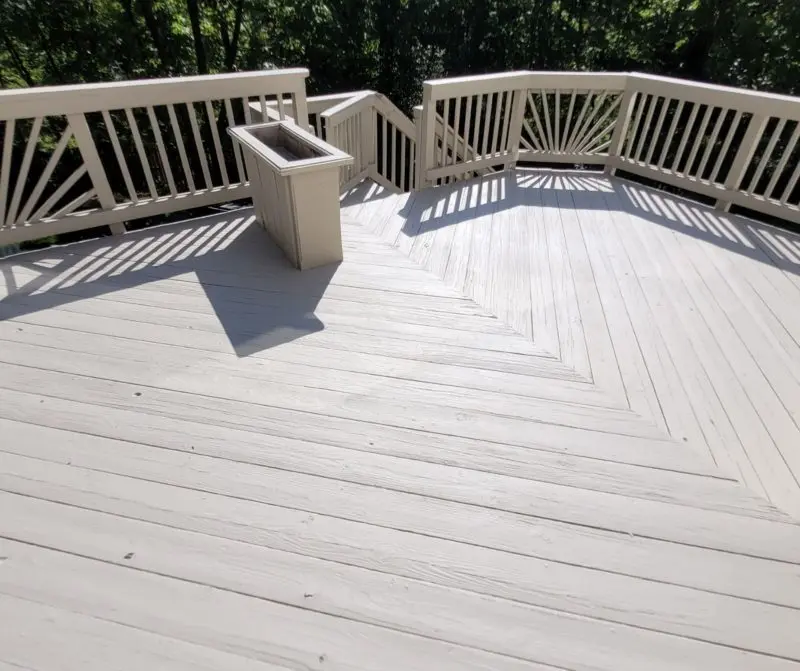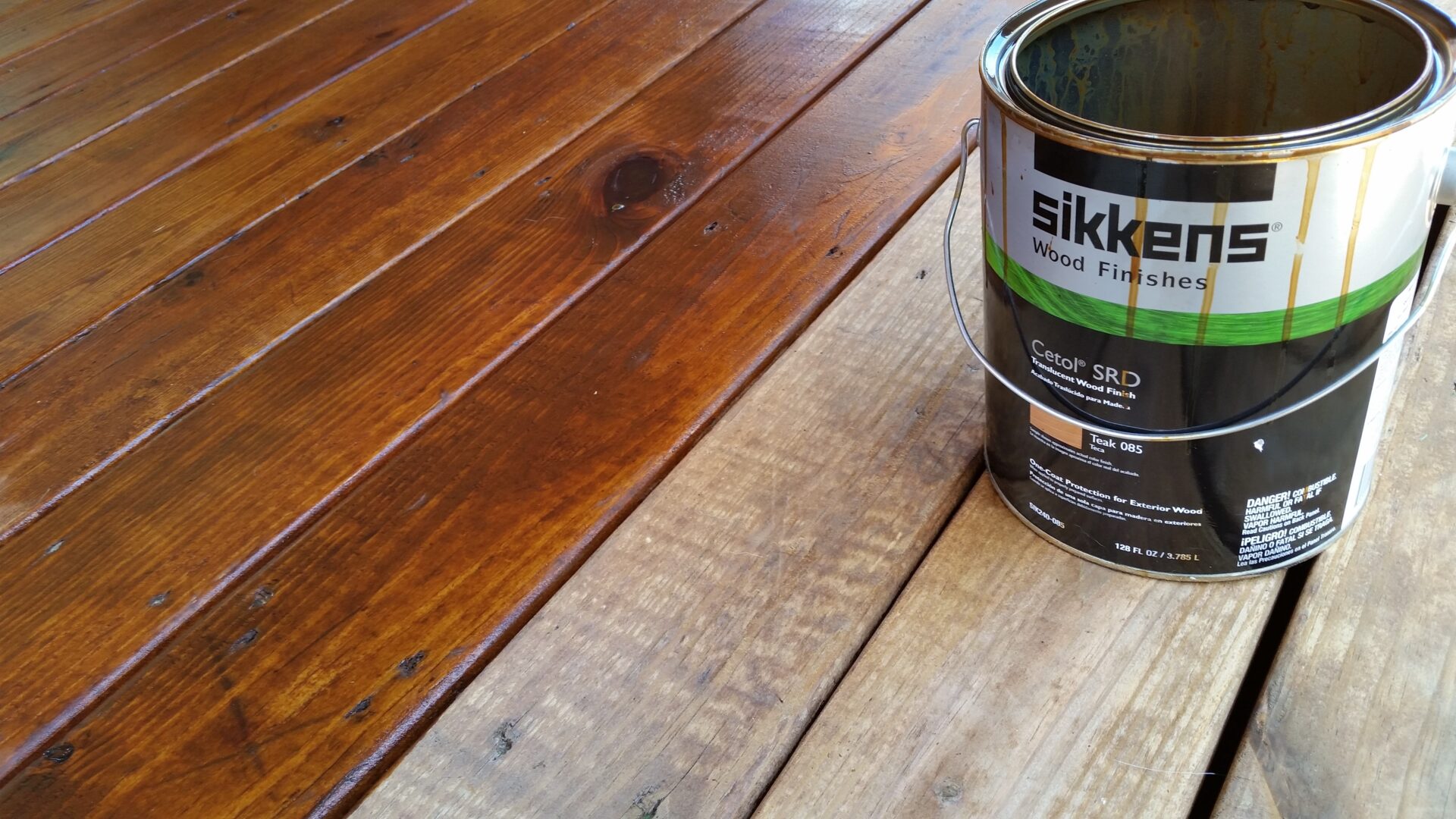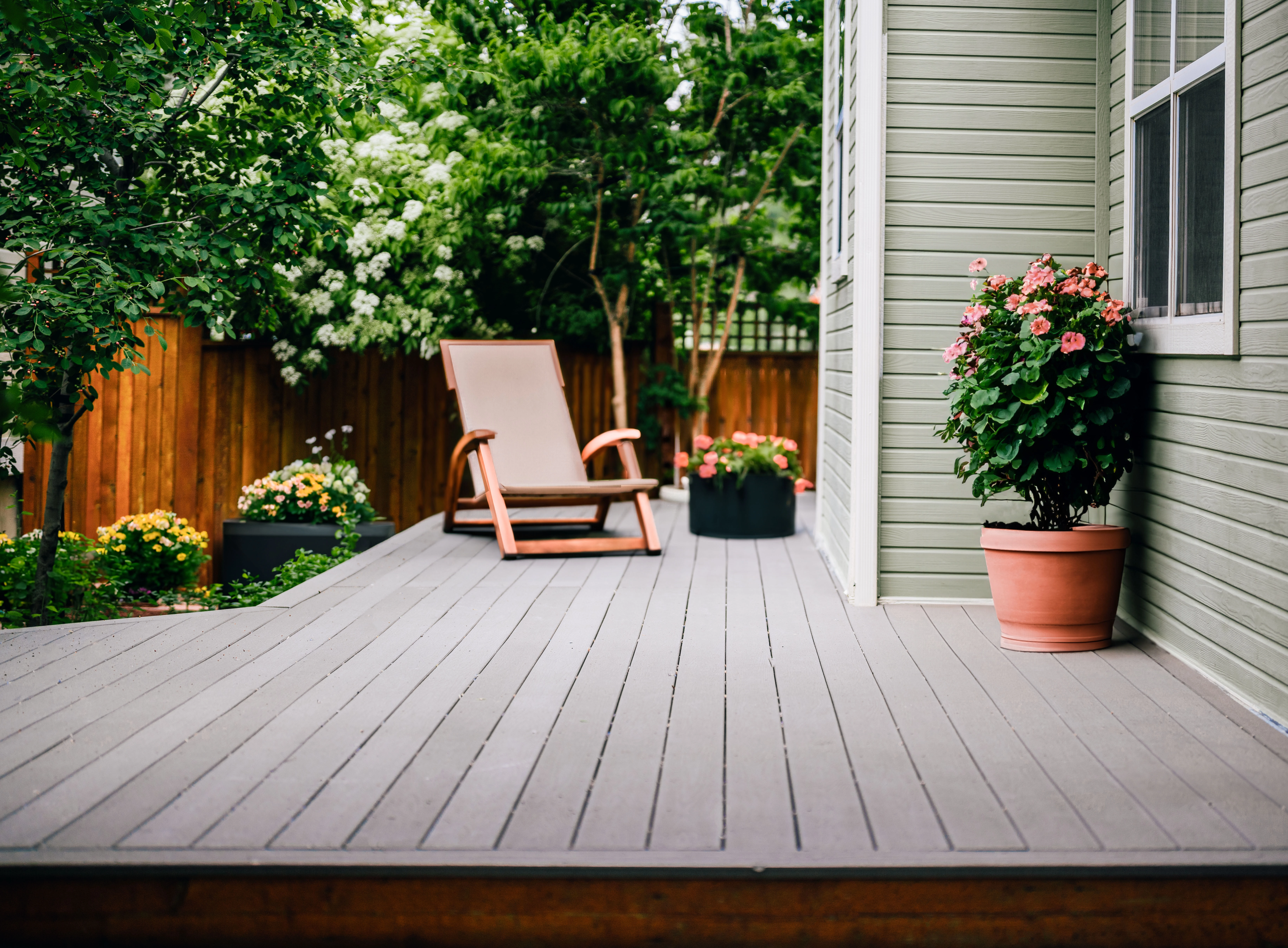Deck Cleaning Nashville: Change Your Exterior Living Location
Deck Cleaning Nashville: Change Your Exterior Living Location
Blog Article
Deck Discoloration 101: Everything You Need to Know for a DIY Project
From preparing the deck surface to picking the appropriate type of tarnish and grasping the application strategies, each step plays an essential role in attaining a specialist coating. Join us as we unwind the essential standards and insider tips for understanding the art of deck staining, ensuring an effective DIY task that will leave your deck looking impeccable.
Relevance of Deck Staining
Deck staining is a necessary maintenance job that maintains the durability and look of exterior wooden frameworks. Wood decks are regularly exposed to harsh aspects such as sunshine, rainfall, snow, and foot traffic, every one of which can lead to tear and wear gradually. By using a coat of discolor to the deck's surface, you develop a protective barrier that aids avoid dampness penetration, UV damage, and decaying of the timber. This not only expands the life expectancy of the deck yet likewise keeps its visual charm.
It supplies a possibility to tailor the look of the deck by choosing from a variety of stain shades and finishes. In significance, normal deck discoloration is a basic yet reliable means to guarantee your deck stays structurally audio and aesthetically pleasing for years to come.
Deck Preparation Steps

After cleansing and repairing, sanding the deck is essential to smooth out rough surface areas and open up the timber's pores to better soak up the stain. As soon as the deck is clean, dry, and smooth, secure any kind of nearby plants, furniture, or surface areas with a decline cloth prior to using the deck stain.
Picking the Right Stain
Choosing the proper tarnish for your deck is a crucial choice that straight impacts both its appearance and toughness. When choosing the best tarnish, there are numerous factors to think about to make sure an effective DIY project.
Firstly, you need to determine in between clear, semi-transparent, and solid stains. Clear spots enable the natural grain of the timber to show through yet supply marginal protection versus UV rays and dampness. Semi-transparent spots supply a compromise in between color and defense, while solid discolorations offer the most security however cover the wood grain.
Following, think about the kind of timber your deck is made from, as different spots function better with specific timber species. For cedar, redwood and example decks typically look best with a semi-transparent or clear discolor to highlight their all-natural appeal. Pressure-treated wood could gain from a strong stain to hide imperfections.
Last but not least, aspect in the environment in your area. Decide for a stain with UV security and resistance to severe weather problems if you experience rough winter seasons or extreme sunlight. By very carefully thinking about these components, you can choose a discolor that improves your deck's looks and longevity.

Applying Discoloration Correctly
When taking into consideration the application of discolor to your deck, it is vital to pay attention to the specific attributes of the stain selected and just how it communicates with the kind of wood and ecological problems previously mulled over. Before beginning the discoloration process, make sure that the deck surface area is clean, completely dry, and without any kind of previous finishes or debris. It is recommended to check the selected stain on a tiny unnoticeable location of the deck to guarantee compatibility and accomplish the desired shade and coating.
Use the stain along the size of the deck boards to stop uneven merging - fence staining nashville. It is essential to work with the timber grain to improve the natural elegance of the deck and permit for much better penetration of the tarnish.
Upkeep and Care Tips

An additional critical facet of deck upkeep is safeguarding deck cleaning services it from the components. Think about applying a waterproof sealant every few years to protect the timber from moisture damages. Moreover, dealing with any mold and mildew or mildew immediately is important to stop them from causing architectural harm to your deck. Routinely cutting nearby vegetation can also protect against leaves and branches from gathering on your deck and triggering potential damages.
Conclusion
In final thought, deck discoloration is an important action in maintaining the appearance and durability of your exterior space. By effectively preparing the deck, choosing the appropriate tarnish, applying it correctly, and complying with upkeep pointers, you can guarantee a stunning and long lasting coating that will certainly last for several years ahead. Bear in mind to routinely examine and care for your discolored deck to maintain it looking its finest.
Join us as we unwind the necessary standards and expert pointers for understanding the art of deck discoloration, making certain an effective Do it yourself task that will certainly leave your deck looking impressive. - deck cleaning nashville
In significance, routine deck discoloration is a basic yet efficient way to guarantee your deck continues to be structurally audio and aesthetically pleasing for years to come.
Once the deck is clean, completely dry, and smooth, shield any type of close-by plants, furniture, or surfaces with a drop cloth prior to using the deck tarnish.Following, think about the kind of timber your deck is made of, as different stains work better with certain wood types.When thinking about the application of tarnish to your deck, it is crucial to pay close focus to the specific features of the tarnish selected and exactly how it interacts with the kind of timber and environmental conditions formerly mulled over.
Report this page